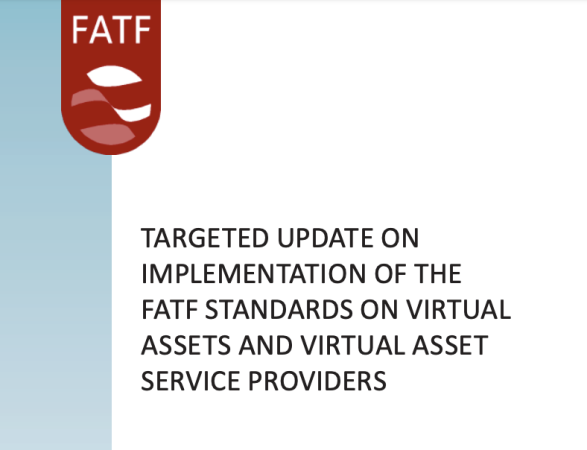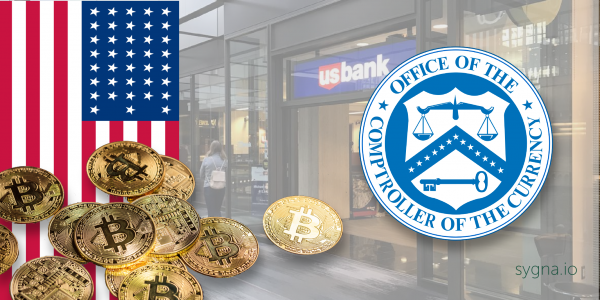The U.S.’ Securities and Exchange Commission (SEC), announced on May 3 that it would double the size of its staff in its Crypto Assets and Cyber Team, which will jump from 30 to 50 full-time employees.
The announcement comes as crypto markets have entered a downturn that many fear will be prolonged following the exacerbating multi-billion collapse of the Terra (LUNA) TerraUSD algorithmic stablecoin, more expected Federal Reserve rate hikes in the battle against inflation, as well as increased global instability amid the Russian quagmire in Ukraine.

SEC too Understaffed to Police Crypto
SEC Chair Gary Gensler said the new positions will be filled by a combination of investigative attorneys, trial lawyers, and analysts specializing in fraud. He touted the SEC’s dozens of successful prosecutions against crypto entities and emphasized that the new hires will allow the agency to more thoroughly police the industry, in particular with regard to identity disclosure and cybersecurity.
The hiring spree comes eight months after Gensler complained that his office was too understaffed to handle the massive uptick in crypto-related criminal activity and the evolving technology that accompanied it.
While it’s highly likely the increase in staffing will lead to more prosecutions and convictions, the addition of 20 people will still see the agency struggling to keep up. Blockchain analysis firm Chainalysis reported over $14 billion in illicit crypto movements last year – a 79% jump from the previous year – and there is every reason to believe that number will continue to rise.
Gensler Claims Crypto Firmly on SEC Turf
Gensler has emphasized that retail investors are the primary victims of fraud when it comes to crypto, and he has reiterated that it is within his agency’s remit to go after anything that fits the definition of a security based on the Howey Test, which he considers most crypto projects to fit.
“Most crypto tokens involve a group of entrepreneurs raising money from the public in anticipation of profits — the hallmark of an investment contract or a security under our jurisdiction,” Gensler said. He added that not many crypto assets could be compared to digital gold, which would put them under the jurisdiction of the Commodities Futures Trading Commission. Instead, he said, most fall under the demesne of the SEC, pointing out that this would also apply to any derivatives where the underlying crypto asset could be considered a security.
SEC Chair Say CEXs Trading against Customers
In an interview with Bloomberg, Gensler also indicated that he had a problem with the current structuring of a lot of the centralized crypto exchanges as they currently operate. He said that platforms are “trading ahead of their customers” and often “market-marking” against them. The chair went on to explain that traditional exchanges are legally obligated to separate certain functions in their organizations so as to avoid “front-running” or trading in front of the customer base. It’s not the first time he has made this point, as he made similar remarks last year to the Financial Services and General Government subcommittee, calling for crypto regulations comparable to those that apply on the Nasdaq stock exchange.
Wall Street’s top cop also called out the three biggest stablecoins by name, saying that Binance USD, USD Coin, and Tether were all closely linked to some of the biggest exchanges in crypto, such as BinanceUSD with Binance, Bitfinex with Tether, and Coinbase with USD Coin. He accused the various exchanges of being connected to the founding of the stablecoins and said that the motivations may have been related to efforts to avoid anti-money-laundering (AML) and know-your-customer (KYC) regulations.
The comment takes on extra resonance in the wake of the devastating collapse of TerraUSD, which had been among the largest stablecoins until it lost its peg in mid-May and within days fell to near-zero value. In testimony before the Senate Banking Committee, US Treasury Secretary Janet Yellen has also taken aim at stablecoins since the eruption of the crisis, saying that it would be “highly appropriate” to regulate the asset class by the end of the year.
With the smoke now clearing and laying bare just how much financial devastation and destruction of ordinary retail investors’ portfolios were caused by the alleged coordinated attack by Wall Street hedge fund giants on Terra, and the number of errors and lack of judgment committed on the side of the victims as well, the incoming regulatory changes might finally be welcomed by many in the crypto space.



